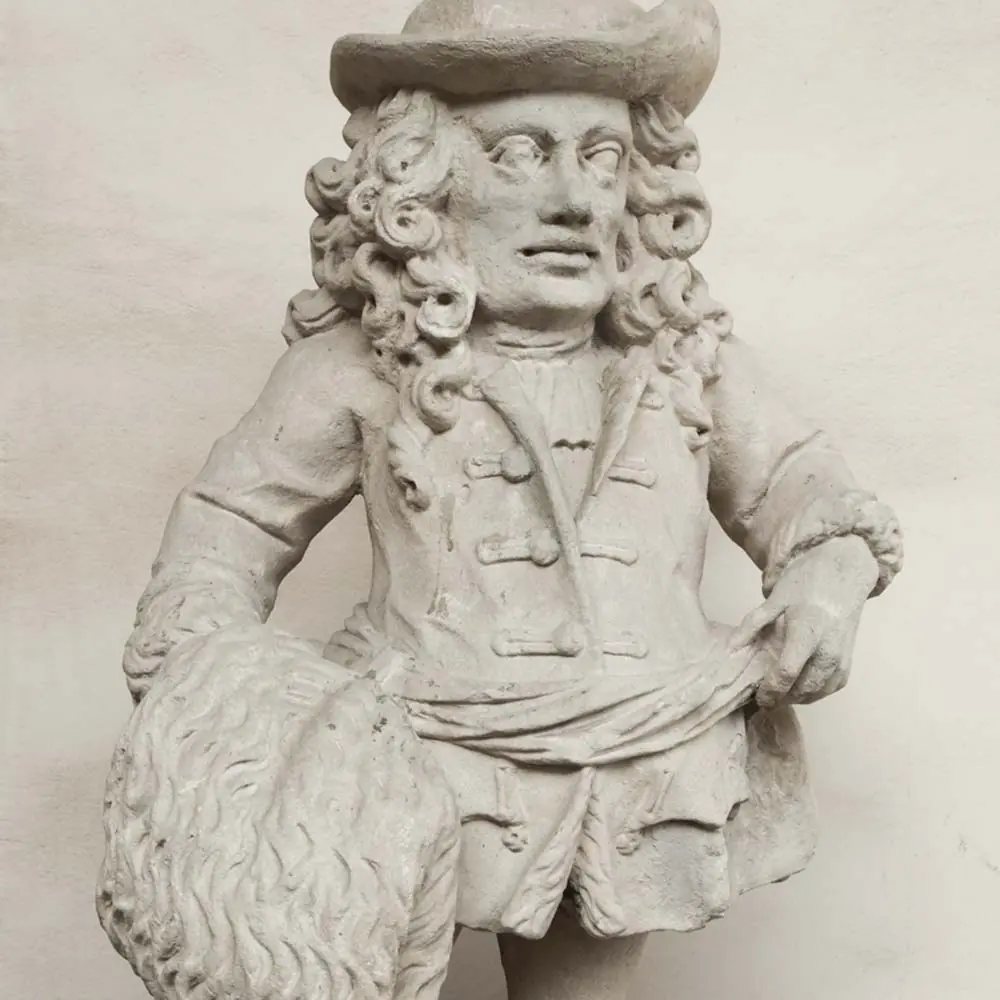On the second floor of Ptuj Castle, we find an exhibition of 47 paintings from the period between the end of the 16th and the second third of the 18th century: noble portraits, imperial portraits of the Habsburgs, religious and mythological paintings, still lifes, and landscapes.

THE DORNAVA DWARFS
The group of stone statues from around 1715, on display in the second-floor arcade corridor of Ptuj Castle, once stood around Neptune’s fountain in the garden of the Baroque Dornava mansion. A group of statues of ancient sages stood opposite the dwarfs around the fountain. Both were popular sets of stone allegories in Baroque gardens.
The dwarf sculptures are a satirical and grotesque representation of people from the social classes of the time: the nobility, the military, and the peasantry.